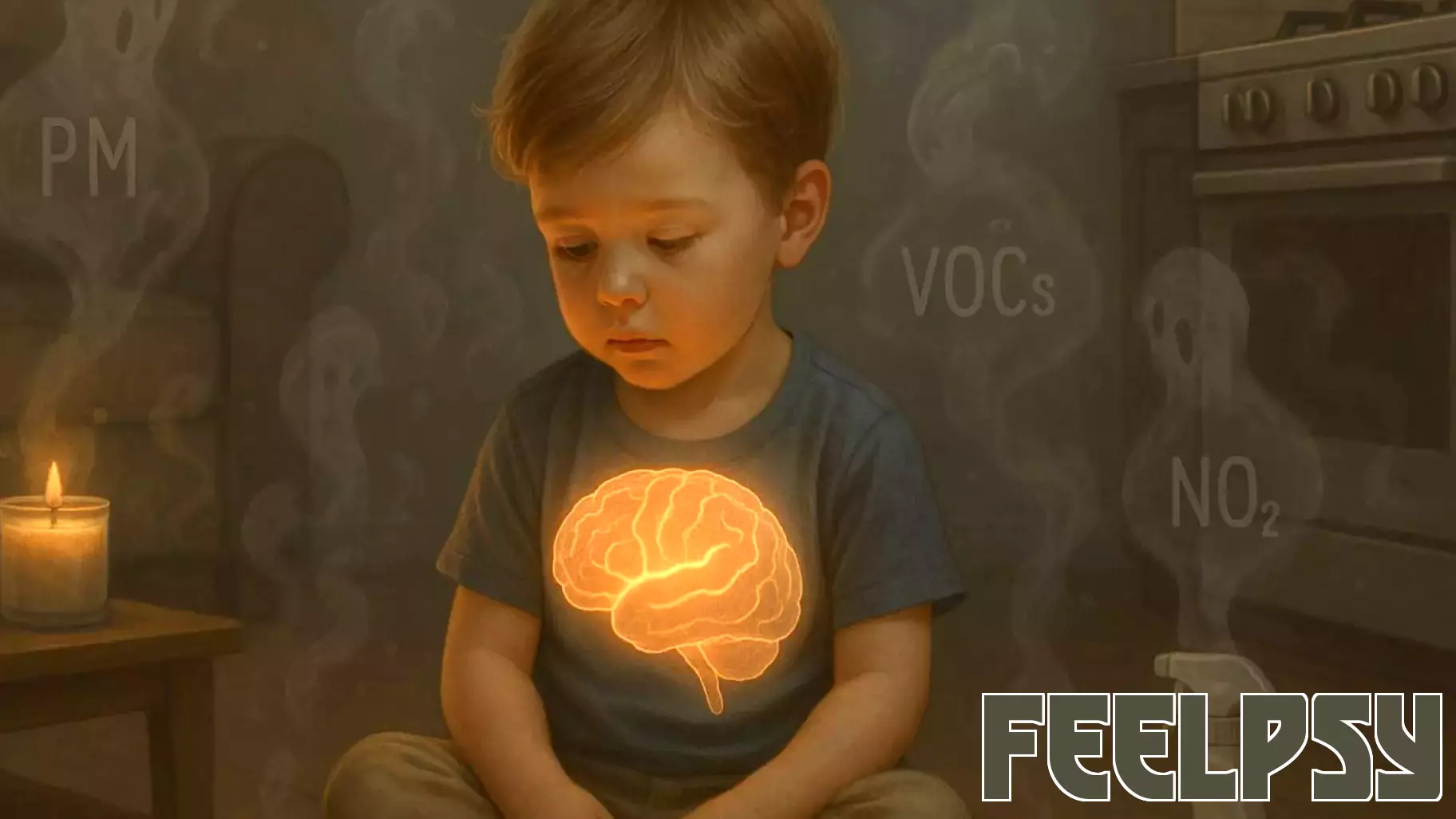Unseen Dangers: How Indoor Air Quality Affects Children's Brain Health
June 17, 2025 - 01:59

Children take approximately 20,000 breaths each day, but the quality of the air they breathe is often overlooked. Recent studies have revealed that hidden indoor pollution may be compromising the cognitive development and overall brain health of children. This alarming issue is particularly concerning as children are more vulnerable to environmental toxins due to their developing bodies and higher respiratory rates.
Common sources of indoor air pollution include household cleaning products, mold, dust mites, and even furniture off-gassing harmful chemicals. These pollutants can lead to a range of health issues, including diminished cognitive function, attention problems, and increased risk of learning disabilities.
Parents must be proactive in ensuring a safe indoor environment for their children. Simple steps such as improving ventilation, using non-toxic cleaning products, and regularly cleaning living spaces can significantly reduce exposure to harmful pollutants. Awareness and action are crucial in safeguarding children's brain health in an increasingly polluted world.
MORE NEWS

December 14, 2025 - 00:38
The Dual Impact of Music on Mind and BodyMusic transcends mere auditory pleasure; it engages both the mind and the body in profound ways. Research highlights that our brain processes music not just as a sequence of sounds, but as an...

December 13, 2025 - 04:10
Why Are Many Start-Up Founders Replaced When Their Company Becomes Successful?As start-ups transition from early-stage ventures to established companies, the dynamics of leadership often shift dramatically. A common phenomenon observed in the tech industry is the replacement...

December 12, 2025 - 03:09
The Importance of Being Understood in Today's SocietyIn an era marked by heightened emotions and social disconnection, the desire to feel heard has never been more crucial. Many individuals are grappling with feelings of anger and isolation, stemming...

December 11, 2025 - 08:52
Pentagon to Conduct Psychological Study on Drone Operators and AnalystsThe final draft of the annual defense policy bill mandates the Pentagon to undertake a psychological study focused on military personnel and Defense Department civilians who operate or support...